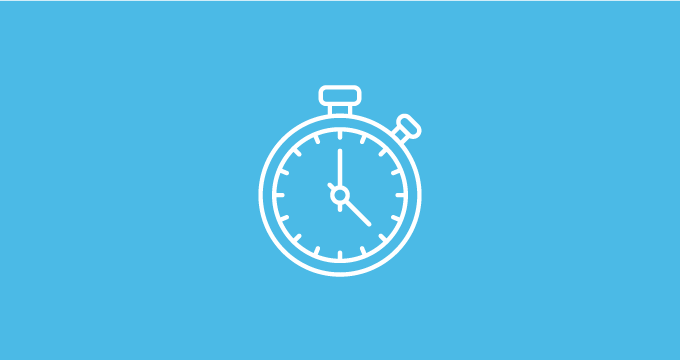Article • 3 min read
Complex business hours? That's easy! Introducing Multiple Schedules
Dernière mise à jour July 8, 2015
Defining business hours for customer support seems like a straightforward task—you are either open or closed, right? Well, it’s rarely that simple. For many companies today, support teams are spread across the globe, working different hours in multiple time zones. On top of that, many companies also offer different hours of support to different customers. For example, VIP clients might get support on nights and weekends, even though a company’s normal support hours are weekdays from 9 a.m. to 5 p.m. With customer support changing to reflect certain customers, regions, and product lines—making a schedule to track it all becomes a much more complex task.
Zendesk’s newest feature, Multiple Schedules, was designed to address this challenge. Zendesk users on the Enterprise plan can now create an unlimited amount of schedules to fully reflect all support hours—no matter how complex the configurations.
How it works
With a few clicks, you can create a schedule comprised of a time zone, a normal set of business hours, and editable holidays. Schedules can then be applied to tickets based on specific criteria (customer, the brand, the assigned group, or whatever works best for your workflow). Multiple Schedules enable you to:
- Keep track of global support teams. Set different business hours on different days, or multiple blocks of business hours on a single day, all across multiple time zones.
- Provide better routing of support. For example, if a ticket is set to 9 a.m. to 5 p.m. Pacific time, and a customer chimes in at midnight, create a trigger that automatically reassigns that ticket to the Melbourne team.
- Accurately measure support experience within the correct schedule. Assign a ticket a certain schedule for schedule-based reporting, and to take a deeper look at your customers’ experiences.
A greater guarantee of service—Multiple Schedules and SLAs
With Multiple Schedules, you can also leverage business hours to guarantee service level agreements. For example, you might establish a schedule for your VIP customers using business hours to define when VIP customers are guaranteed support, and how quickly they should expect a response. Coupled with Zendesk’s newly improved SLAs feature, this schedule would ensure VIP customers go to the front of the queue. Setting up this workflow might look something like this:
Create different schedules for multiple tiers of customers. For example, VIP customers might have a schedule with business hours that never end—24/7 support. The next tier could be customers with 24/5 support and only during 9 a.m. to 5 p.m. on the weekends. The tier below that only might be 9 a.m. to 5 p.m. on weekdays.
Once you’ve established your schedules, tag each customer organization with its level of service.
Then, set up a trigger that looks for tickets from each of these customers and automatically assigns the ticket to the appropriate schedule.
Following this example, if the Service Level Agreement policies you’ve set up in Zendesk use business hours, new tickets from VIP customers will move to the top of the queue faster than tickets from non-VIP customers. This ensures that agents address VIP customer tickets before the tickets breach the SLA—all without any manual reprioritizing in the workflow.
Multiple Schedules make it easier to manage global teams, different business hours, customer expectations, and SLAs. We’d love to hear what you do with this new feature. Zendesk customers on the Enterprise plan can get started on Multiple Schedules today.
